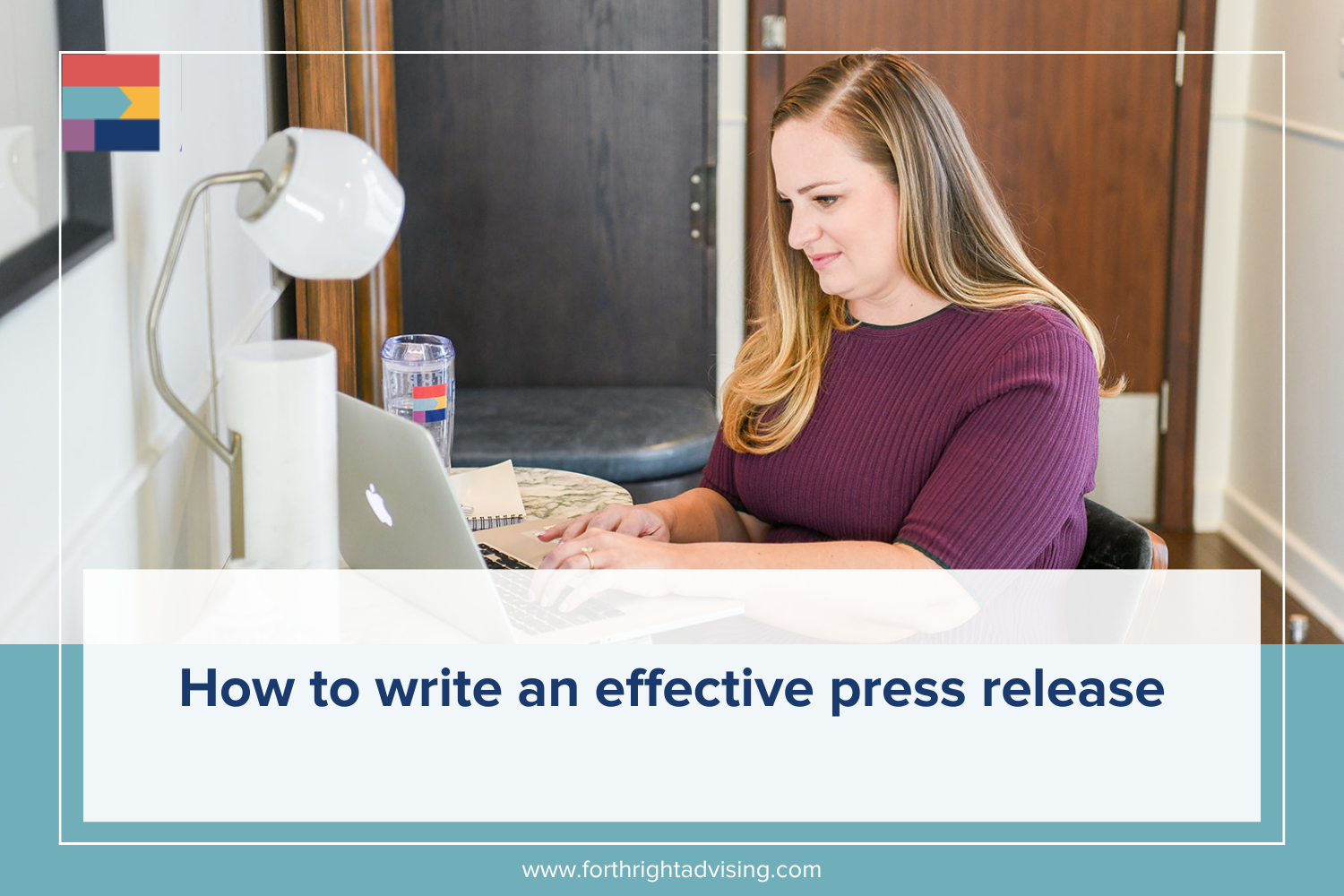How to write an effective press release
Written by katie test davis
I still remember learning how to write a press release in college.
Yes, this was back in the day when we used to FAX press releases via FAX MACHINE.
That meant you needed three pound signs (###) in a row at the bottom of your document to tell the person on the other end of the fax machine that your document was complete and they had all the pages.
Press releases have evolved a bit since then…but a lot has actually stayed the same.
Press releases are still a fast and easy way to get your news out to lots of media outlets at once.
They're perfect for announcing simple, factual news, especially when you're short on time and can't send individual pitches.
Here are a few tips and tricks to create an effective press release in 2025 (no fax machine needed):
Channel your inner journalist: Make sure you follow the Associated Press (AP) style guidelines. Because most of the publications you’re going to send the release to use AP style when they publish, using AP style in your release makes it simpler for a reporter to pull copy from. It also means they’re more likely to use what you write verbatim.
Update your media list: Ensure your media list is up-to-date and targeted to journalists who cover child-and-family focused work. Go further, and niche down – if your work targets families who use vouchers, ensure you’re including reporters who write about housing and real estate, too.
Spice it up: Include more than just a few paragraphs. You don’t want a wall of text. You’ll want to make sure you have quotes from key stakeholders, eye-catching statistics and noteworthy facts that journalists can readily integrate into their articles. This adds credibility and depth to your story.
Stay on message: Your press release should sound like you. Make sure your release is consistent with your communications strategy and in line with your brand. There’s no need to get overly formal with your release. In fact, simple writing is better.
Show, don't tell: Enhance your press release with a captivating photo (make sure you have the rights to the photo, as well as plenty of consent!), infographic or video that visually reinforces the content of your release. For example, if you are describing a new early childhood program, a photo of the new center, or teachers with children will go a long way. Reporters are always looking for great photos, so if you can provide them, it goes a long way in getting your story published.
Keep it concise: Avoid jargon and unnecessary details. Stick to the essential facts and key messages. You have no idea how many three-page press releases our team has had to edit down to one smart, concise page. Reporters get more than 100 emails a day, and we promise that if they’re interested in your story, they’ll reach out for more information.
Be helpful: Ensure reporters know how to get a hold of you. Provide clear and accessible contact information for media inquiries. Include relevant links to your website, social media profiles, and additional resources for journalists who want to dive in deep and may need more information.
By sending out press releases when you have a real story to share, you stay on journalists' radar and make it more likely that they’ll reach out to you when they need help with a story.
Happy release writing!

















